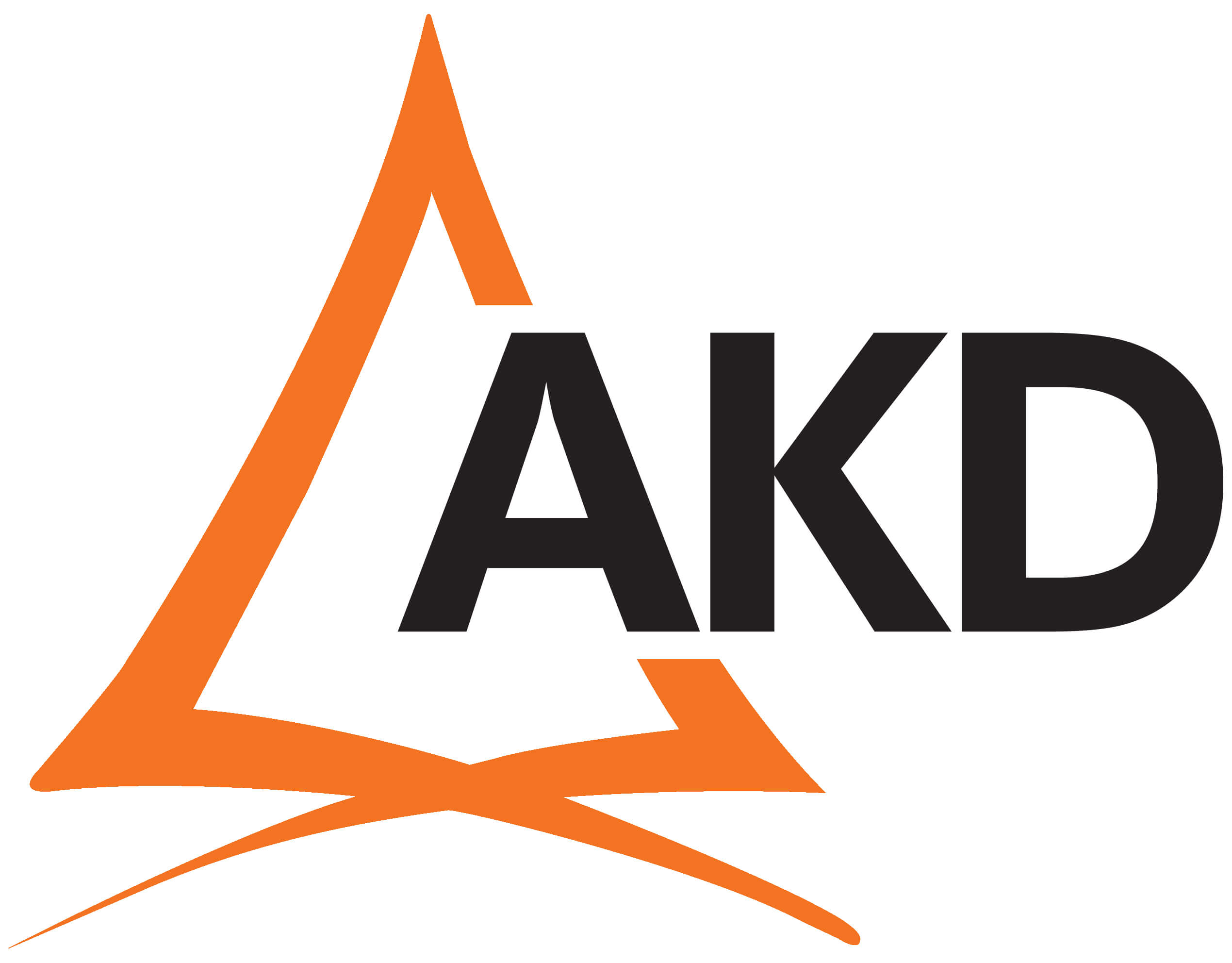
This piece was written and provided by FTMA Strategic Partner, AKD.
When it comes to structural timber, compliance isn’t optional – it’s critical.
Australian building practices are governed by a system of codes and standards designed to ensure buildings are safe, reliable, and built to last. At the top of this framework is the National Construction Code (NCC), which outlines the minimum performance and design requirements a building must meet to be considered fit for purpose.
While there are multiple ways to comply with the NCC, most timber construction relies on two key standards:
- AS1720 – Timber Structures, and
- AS1684 – Residential Timber-Framed Construction
These are deemed-to-satisfy solutions under the NCC, and both rely on the use of timber that has been graded in accordance with Australian Standards such as AS/NZS 1748 for Stress Graded Structural Timber or AS 2858 for Visual Grade Structural Softwood Timber. These grading standards are part of a broader system that also includes how the product is manufactured, tested, verified, and treated.
This system only works if the timber supplied on-site complies—and can be identified and verified through proper branding.
All structural graded timber must be clearly branded with:
- Reference to Standard – Confirms which Australian Standard was used for grading.
- Manufacturer Identification – Indicates who is responsible for the grading and certification of the product.
- Stress Grade – Specifies the strength class and structural suitability.
- Seasoning Condition – States whether the timber is seasoned (dry) or unseasoned (green). If the product can only be sold in the seasoned state (e.g. MGP grade), then the moisture condition of the timber is not required in the stamp.
Some manufacturers also include traceability information such as batch codes or production dates, which support quality control and accountability across the supply chain.

A stamp is not a guarantee.
Just because a product is branded doesn’t automatically mean it complies. Branding can be applied incorrectly, inconsistently—or worse, used to mislead. That’s why it’s essential to ask the right questions:
- Has the timber been graded by a compliant Australian manufacturer? Only manufacturers operating a qualified grading system and meeting Australian Standards should be supplying structural timber to the market.
- Does the stamp include all mandatory branding requirements? A compliant brand must show the grading standard, manufacturer identification, stress grade, and seasoning condition (if required). If any of these are missing, it may not be a legally conforming product.
- Are there irrelevant or misleading certification marks on the timber? Some products display additional marks to imply compliance or quality, but these may have no relevance to structural timber standards. Don’t be fooled—only recognised Australian Standards and legitimate certification bodies matter.
If you can’t answer yes to all three, the product could pose a risk to structural performance, regulatory compliance, and your business’s reputation.
For additional resources, read the EWPAA Compliance Note:
Machine Graded Timber Conformance in Australia
This note outlines the MGP branding requirements and explains what manufacturers are claiming when they brand their product under this standard in the Australian market.
Follow FTMA Australia for Industry News and Updates
Our Principal Partners



